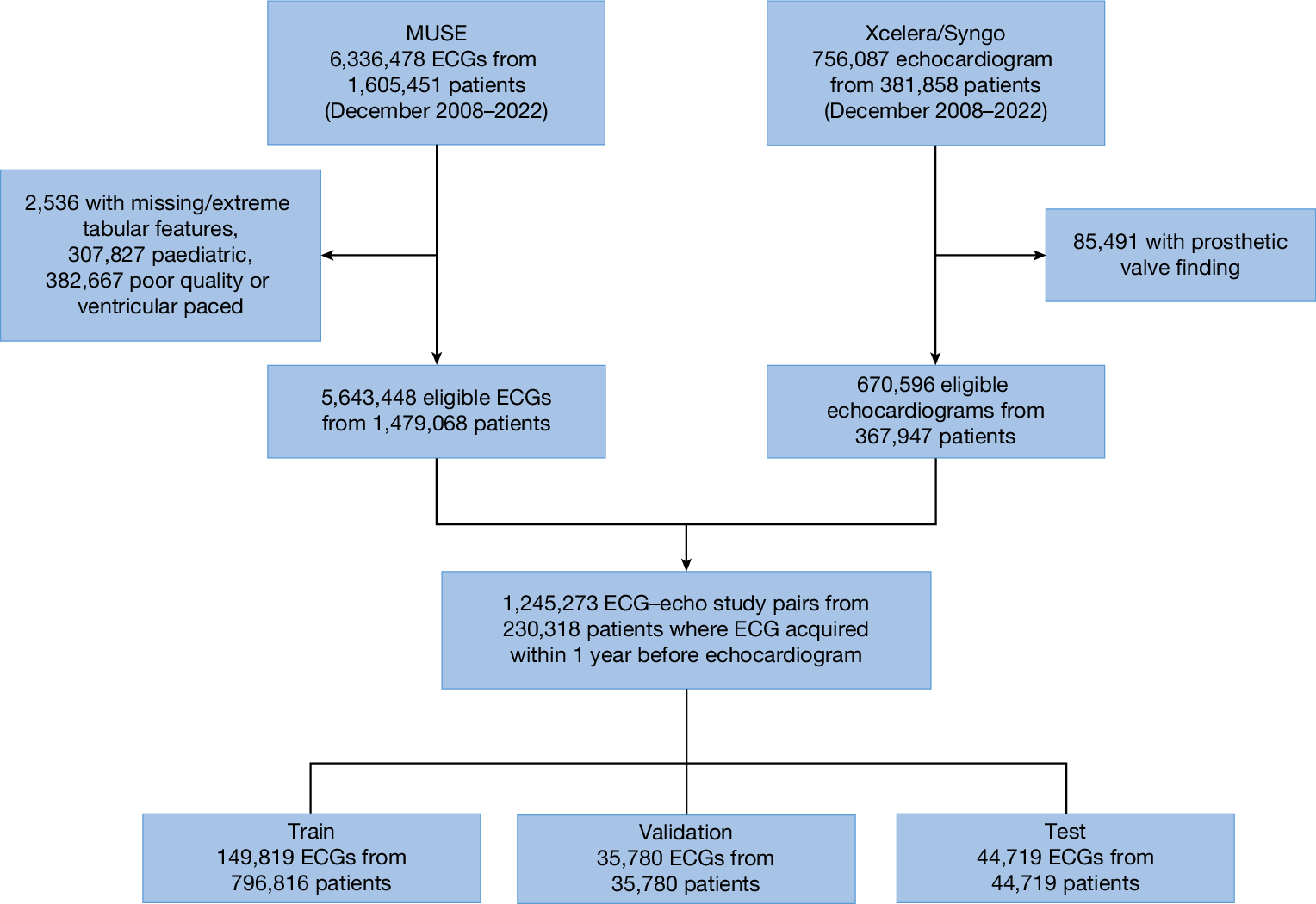
Akl Fahed
@aklfahed
Physician-scientist, Interventional Cardiologist @MGHMedicine @HarvardMed @BroadInstitute | genomics, coronary artery disease, healthcare innovation
New preprint from our group advancing genetic discovery and biologic understanding of obesity - Multi-trait GWAS of >2 million people - Discovered 743 loci including 86 novel - Defined 11 distinct obesity endotypes driven by metabolic resilience, insulin physiology, beta…
Delighted to share the preprint on the largest obesity GWAS to date! GWAS from >2 million participants Key: ✳️13% increase in loci discovery ✳️Identified 11 obesity genetic clusters (endotypes) ✳️Obesity management should be as diverse as the condition itself Thread👇
Looking forward to a new position as Director of Interventional Cardiology at Mass General Brigham. With incredible colleagues throughout the system, we will build the most comprehensive IC program internationally.
How to reduce your risk of heart disease, according to @EricTopol who recommends risk assessment using a polygenic risk score, over a CT coronary calcium scan washingtonpost.com/wellness/2025/…
Interesting to see this latest @biotech deal out of China. $GSK went in and picked up respiratory assets, fitting neatly into its pipeline efforts. And they went with one of China's biggest, most reliable dealmakers, Hengrui. The pipelines in China are being built for global…
Artificial Intelligence for Cardiovascular Care AI models can detect cardiovascular disorders including reduced ejection fraction, valvular heart disease, and cardiomyopathies from electrocardiograms with accuracy not previously achieved by human experts or technology All…
Enriching polygenic risk scores with single-cell ATAC-seq about chromatin accessibility in disease-relevant cell types shows potential to 👉improve predictive performance 👉better understand cells driving genetic predisposition to disease 👉uncover specific molecular drivers
👉 New Evidence: Lifetime Risk Starts Early 👆 A 22-year follow-up of young adults from the CARDIA study shows that cumulative exposure to apoB, LDL-P, and TRL-P between ages 18–40 significantly increases the risk of ASCVD events later in life. 📈 Each 1 SD increase in these…
Delighted to collaborate on this study led by @jieliu09 @KellyLBolton describing how germline genetic variation influences the trajectory of clonal hematopoiesis to hematologic malignancy nature.com/articles/s4158… @NatureGenet
Congrats @PierreEliasMD and team! Detecting structural heart disease from electrocardiograms using AI nature.com/articles/s4158…

[1/10] At last, @MassGenBrigham x @MountSinaiNYC x @PennMedicine x @VUMChealth collaboration on external validation of the @AHAScience's PREVENT is now out in @JACCJournals! sciencedirect.com/science/articl…
Calibration and discrimination of the AHA PREVENT equations across integrated U.S. health care systems! Now in @JACCJournals led by @somijemmacho sciencedirect.com/science/articl…
An absolute risk generalizable risk calculator is challenging. Led by @somijemmacho, evaluating AHA PREVENT across 4 academic health systems, we found similar discrimination but variable calibration. A universal absolute risk threshold may not suitably guide.…
Today, @NIH announced a new policy to cap how much publishers can charge NIH-supported scientists to make their work publicly accessible. This reflects our broader effort to restore public trust in public health by creating an open, honest, and transparent research atmosphere.…
Our study led by R. Bhattacharya & @cmarnell92 shows that, when simultaneously considering clinical, laboratory, and genetic risk factors for incident CAD prediction, the top 2 model explanatory factors are: 1. Hypertension 2. CAD polygenic risk score ahajournals.org/doi/10.1161/CI……
Yesterday I said the Hypoinsulin 2 cluster looked most relevant to CNS, possibly enriched in oligodendrocytes & glia. Such a glial implication aligns nicely with today’s blockbuster on brain energetics 👇(link next), which makes me also wonder about autophagy in oligodendrocytes.
New preprint from our group advancing genetic discovery and biologic understanding of obesity - Multi-trait GWAS of >2 million people - Discovered 743 loci including 86 novel - Defined 11 distinct obesity endotypes driven by metabolic resilience, insulin physiology, beta…
The new generation of GWASs includes multi-trait analyses combining multiple pathophysiologically relevant phenotypes🧬 This analysis for obesity does this across 4 phenotypes (BMI, waist and hip circumference, WHR) 👉>2 million participants 👉743 sign. loci (86 novel)
Excited to be an investigator within the @NIH SMaHT Network! nature.com/articles/s4158… @Nature @broadinstitute @TimCoorens @EAliceLee2 @FloraVaccarino
We are all somatic mutation mosaics. "There are trillions of cells in a human body and so the total number of somatic mutations acquired in a single individual may well exceed quadrillions, millions of times the size of the human genome." @Nature nature.com/articles/s4158…
Important paper released today @ehj_ed @ESC_Journals Refractory angina: mechanisms and stratified treatment in obstructive & non-obstructive chronic myocardial ischaemic syndromes. Honoured to be a part of this work led by @ranildesilva2 #angina 📎 shorturl.at/mKuEj
The Path to Medical Superintelligence | Microsoft AI microsoft.ai/new/the-path-t…


